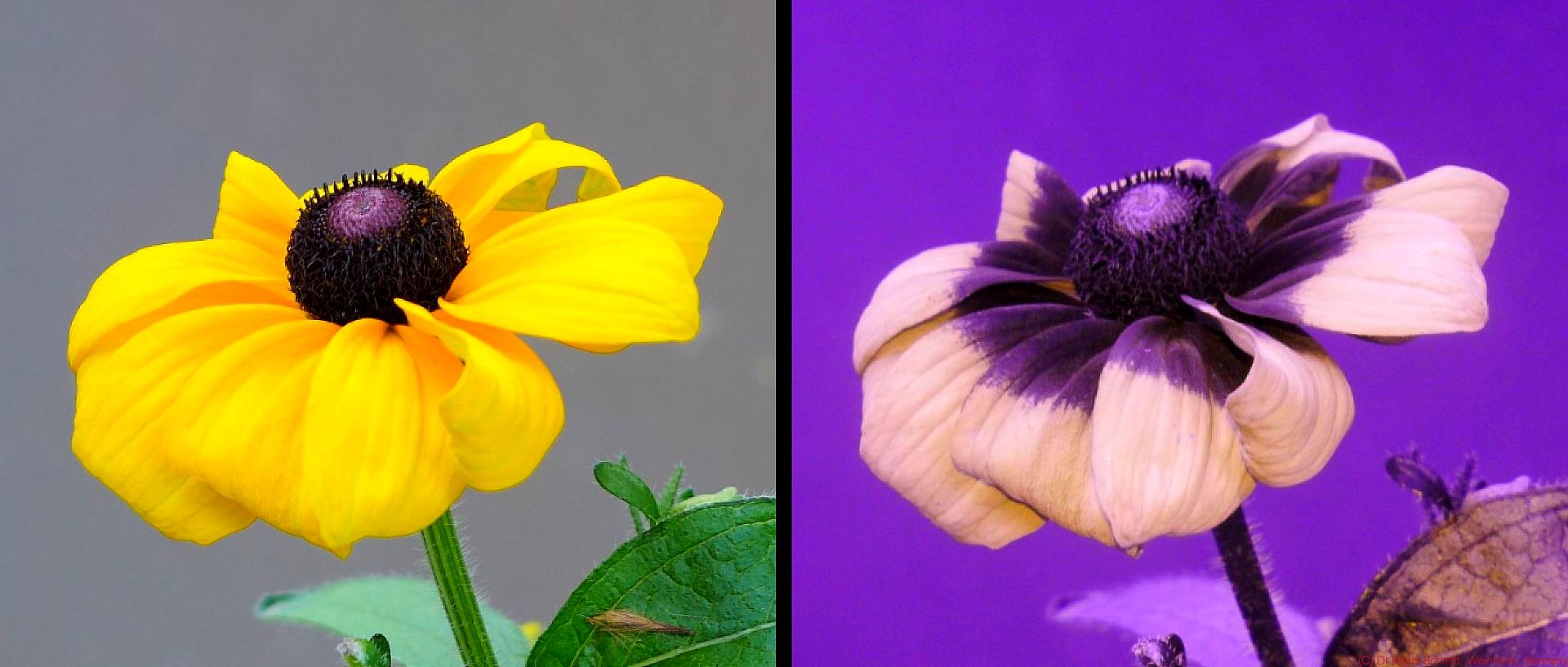Dr Klaus Schmitt
Well-known member


Klaus,
I would love to see the UV ble beg removed so the UV reflected flower will stand out as that is a winner in vibrancy!
Asher
Klaus,
I would love to see the UV ble beg removed so the UCLA reflected flower will stand out as that is a winner in vibrancy!
Asher
May I cut out the big?
Or can you do that?
May I cut out the big?
Or can you do that?
Background!


I'm about to get started shooting UV and IR and would love to know how you get both UV and VIS image in one shot. Or is that involving a secret filter / technique somehow? I saw the other post where you showed images saying you worked for BBC where they asked for colorful UV images instead of more or less monochrome images.
I'm about to get started shooting UV and IR and would love to know how you get both UV and VIS image in one shot. Or is that involving a secret filter / technique somehow? I saw the other post where you showed images saying you worked for BBC where they asked for colorful UV images instead of more or less monochrome images.
Regards,
Lars
Did you get a sufficient reply?I'm about to get started shooting UV and IR and would love to know how you get both UV and VIS image in one shot. Or is that involving a secret filter / technique somehow? I saw the other post where you showed images saying you worked for BBC where they asked for colorful UV images instead of more or less monochrome images.
Regards,
Lars
OK. Thanks for your reply.Welcome here Lars!
Well, I used a beamsplitter for that, but I keep a few things for me, what's on my site http://uvir.eu is made public ;-)
Yes. But unfortunately his technique is more advanced than I can follow!Did you get a sufficient reply?
Asher
Klaus is an academic! Likely as not he expects you are knowledgeable.Yes. But unfortunately his technique is more advanced than I can follow!
I think I understand the general idea (if what I concluded above is correct) of the basic setup, but I won't follow that (advanced) path. I will stick to one camera and lens at a time.Klaus is an academic! Likely as not he expects you are knowledgeable.
However explain what you understand and where you are lost!
He is smart enough to steer you in the right direction if you make it clear where you are in your decision making.
Asher
Thanks again. Slightly off-topic, but still related:It is quite some effort admittedy, changing filters at otherwise unchanged setup is much easier actually, and as long as the subject / object does not move, very good results can be obtained easily!
At first, I assumed that UV will be found in the blue channel and IR in the red channel, but then I thought that UV is beyond violet and when talking RGB signal, violet is a mix of blue and red...
Thanks again. Slightly off-topic, but still related:
Since I haven't received my converted camera yet, I am wondering where the UV and IR wavelengths "land" in the Bayer filter of the sensor. At first, I assumed that UV will be found in the blue channel and IR in the red channel, but then I thought that UV is beyond violet and when talking RGB signal, violet is a mix of blue and red...
In short, I am wondering if - for instance - it would be possible to "filter out" infrared by lowering or even turning off the red channel in Photoshop. Or will I then also turn off / lower parts of the UV signal then?
Will UV light "land" in all RGB channels? Or just blue and red?
